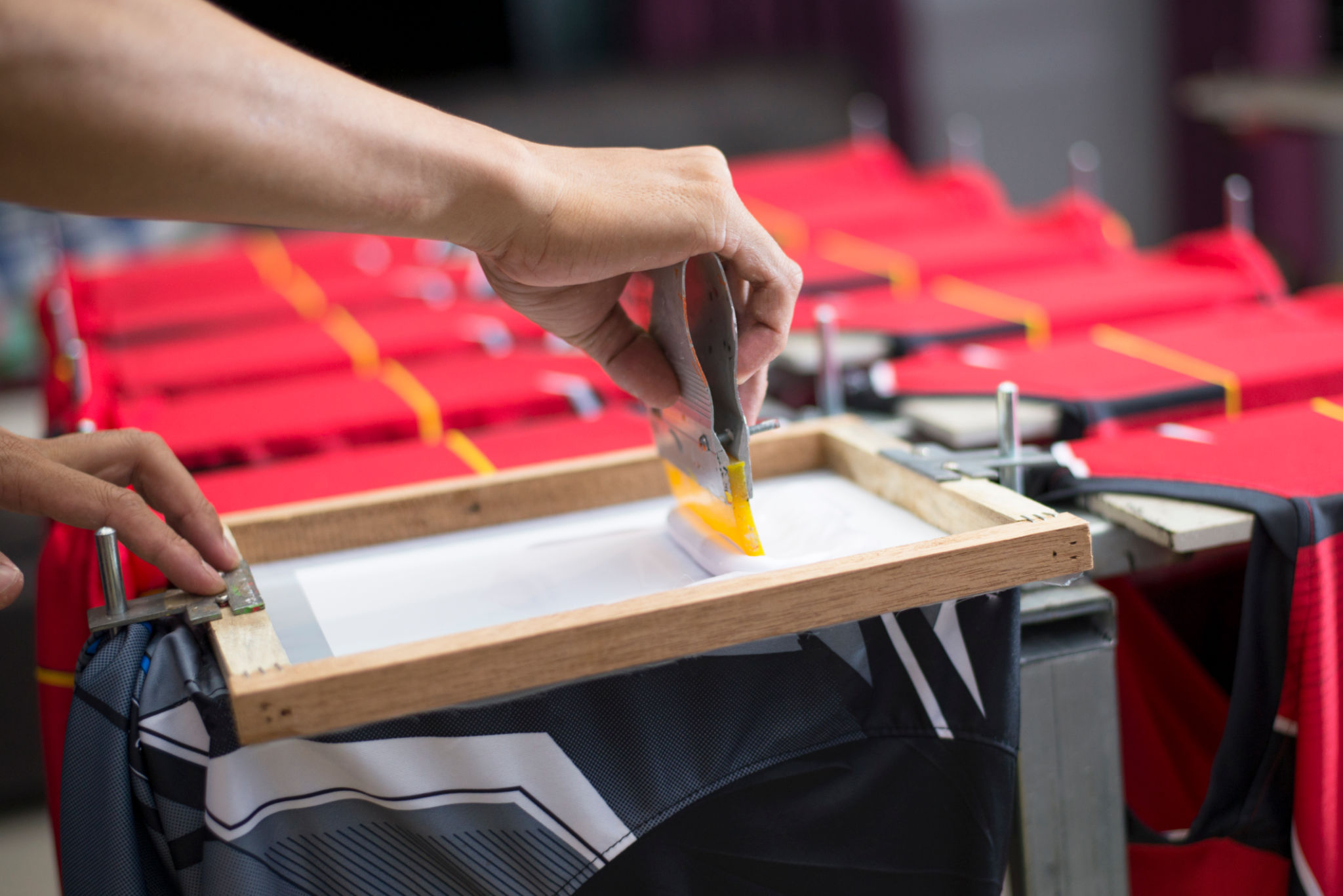Comparing Screen Printing to Other Printing Methods: Which is Best for Your Needs?
Understanding Screen Printing
Screen printing is a traditional method that involves creating a stencil (or "screen") and using it to apply layers of ink on the printing surface. This technique is widely favored for its ability to produce vibrant colors and long-lasting prints. One of the key benefits of screen printing is its cost-effectiveness for large orders, making it ideal for bulk production runs.
The versatility of screen printing allows it to be used on a wide range of materials, including textiles, ceramics, wood, and metal. This flexibility makes it a popular choice for creating customized apparel, promotional items, and signage. However, setup costs can be high due to the preparation of screens for each color in the design.

Digital Printing: The Modern Alternative
Unlike screen printing, digital printing doesn't require screens or stencils. Instead, it uses advanced technology to print designs directly onto the substrate. This method is perfect for smaller runs and quick turnarounds, as there's no need for extensive setup. Digital printing also offers the advantage of being able to produce detailed images with a wide range of colors.
However, digital printing may not be as cost-effective as screen printing when it comes to large quantities. Additionally, while it excels at producing detailed graphics, it might not achieve the same level of color vibrancy on textiles as screen printing does.

Exploring Other Printing Methods
Beyond screen and digital printing, several other methods are available, each with its own unique benefits. Heat transfer printing involves applying heat-sensitive materials onto products, which can be ideal for small runs and detailed images. However, it may not offer the longevity that screen printing provides.
Another option is offset printing, which is excellent for high-volume projects like magazines and brochures. This method provides consistent quality and is highly efficient for large-scale orders. However, it's less suitable for custom or small-scale apparel projects due to its higher setup costs.

Factors to Consider When Choosing a Printing Method
When deciding on a printing method, consider the following factors:
- Quantity: Large orders might benefit from screen or offset printing due to reduced costs per unit.
- Material: Consider what substrate you’re using. Different methods work better on different materials.
- Detail and Color: If your design requires intricate details or a broad color palette, digital printing might be the best choice.
- Budget: Evaluate your budget constraints as initial setup costs can vary significantly between methods.
Conclusion: Making the Right Decision
Ultimately, the best printing method depends on your specific needs and project requirements. For large-scale projects requiring vibrant colors and durability, screen printing is often the preferred choice. On the other hand, if you need quick turnarounds with intricate designs, digital printing might be more suitable. Understanding the strengths and limitations of each method will help you make an informed decision that aligns with your goals.
By carefully evaluating your project's unique needs, you can select the most effective printing technique to achieve your desired results.